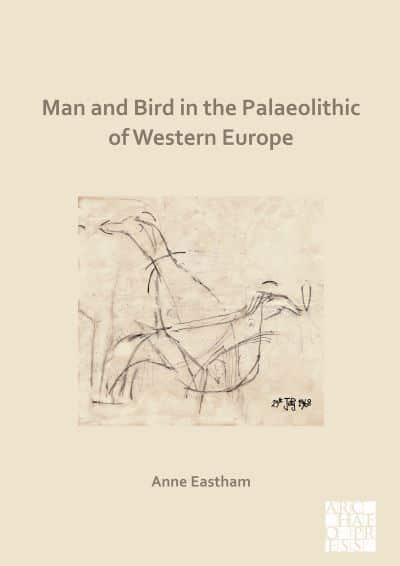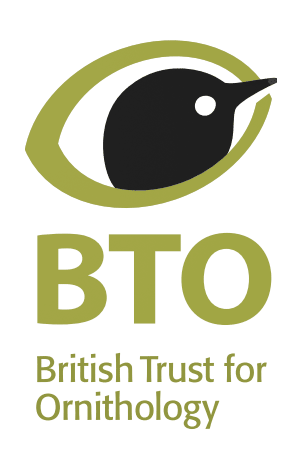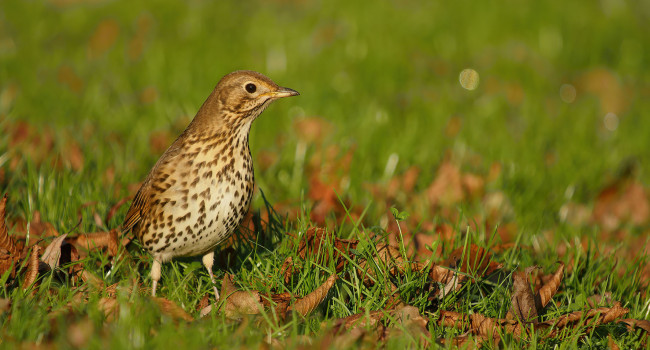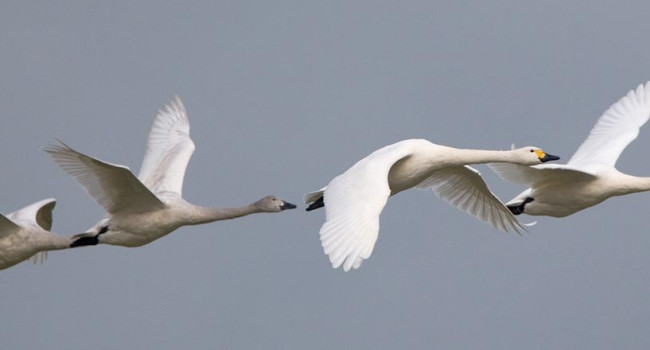
Publisher: Archaeopress Publishing Ltd, Oxford
Publication Year: 2021
Binding: 1
Page Count: 160
ISBN Number: 9781789699098
Price: £30.00
Man and Bird in the Palaeolithic of Western Europe
This book attempts to straddle the two disciplines of ornithology and archaeology, by fusing the author’s stated passion for birds with their obvious deep knowledge of early hunter-gatherer communities in Europe. With 134 pages of text out of 149 altogether, do not be fooled into thinking this will be a light or easy read; it is a dense academic piece.
The first chapters describe aspects of the ecology and diversity birds, and lives of the humans and Neanderthals that lived alongside them in Palaeolithic Europe, based on evidence from archaeological dig sites across the continent. A chapter on ancient bird catching techniques was most interesting to me as a ringer. Two chapters devoted to birds in Paleolithic art, images found on cave walls and images on items such as bones, were fascinating, shedding light on the cultural significance of birds to hunter-gatherer societies which I felt gave important context to the significance we place on birds today. The value of birds as a resource to Paleolithic humans is also discussed, again, drawing on evidence gathered from numerous dig sites. The author’s first-hand experience at many of these sites is evident throughout.
The most interesting part of the book for me was the case study focused on Snowy Owls in the Atlantic Pyrenees, and the apparent social importance this species had for Paleolithic communities in that part of Europe. This was based on what appeared to be intensively processed bone remains from a large number of birds in a cave system. Hints at how the Snowy Owls were used by the cave inhabitants include cut marks and burns on the bone fragments, and the presence of earthy pigments on some leg bones, which as well as offering tantalising clues about the lives of hunter-gatherers in that period, also say something about the past ecology of a species that now resides far to the north.
Unfortunately, this book suffers from a severe lack of editing. There are numerous spelling mistakes and grammatical errors that make it a difficult read at times, and in some cases, it is barely comprehensible. As well as benefitting from a proofreader, I felt the book could have done with co-authorship with an ornithologist as it was clear that archaeology is the author’s profession, but ornithology is a secondary interest. I cannot speak to the quality of the archaeological information presented in the book, but the ornithological information is sometimes inaccurate; for example, scientific names used are often out-of-date or inconsistent, and ornithological papers are distinctly lacking in the reference list. The author uses many technical terms, and whilst I understood most of the ones related to birds, I struggled with the archaeological ones, and would have liked a glossary. I am sure an archaeologist reading the same book would wish for a glossary of ornithological terms.
This is a book that is definitely aimed more at students of Palaeolithic archaeology than birders, but if one can get past the obvious errors and inaccuracies and has a primer to studies of the Palaeolithic to hand, it may offer a window into the interactions between birds and people during the earliest part of human prehistory.
Book reviewed by Anthony Wetherhill
Buy this book




Share this page